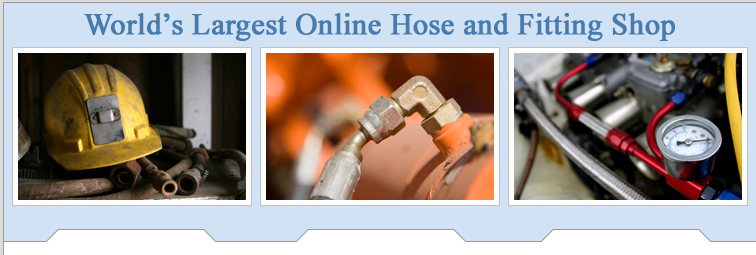Reliable Connections
Leak-free reliability begins at the design stage, when the type of hydraulic fitting is selected for port, tube-end, and hose-end connections.
Ports
Connectors that incorporate an elastomeric seal such as UNO, BSPP, and SAE 4-bolt flange offer the highest seal reliability. NPT is the least reliable type of connector for high-pressure hydraulic systems because the thread itself provides a leak path. The threads are deformed when tightened and, as a result, any subsequent loosening or tightening increases the potential for leaks. In existing systems, pipe thread connections should be replaced with UNO or BSPP for leak-free reliability.
Tube and Hose Ends
ORFS tube and hose end connections feature the high seal reliability afforded by an elastomeric seal, but due to its cost, ORFS is not as widely used as compression fittings and JIC 37-degree flare.
Flared connections have gained widespread acceptance due to their simplicity and low cost. However, the metal-to-metal seal of the flare means that a permanent, leak-free joint is not always achieved, particularly in the case of tube-end connections.
Leaking flare joints can be eliminated using a purpose-built seal developed by Flaretite. The Flaretite seal is a stainless steel stamping shaped like a JIC nose, with concentric ribs that contain pre-applied sealant. When tightened, the ribs crush between the two faces of the joint, eliminating any misalignment and surface imperfections. The combination of the crush on the ribs and the sealant ensure that a leak-free joint is achieved.
Incorrect Torque
A common cause of leaks from flare joints is incorrect torque. Insufficient torque results in inadequate seat contact, while excessive torque can result in damage to the tube and fitting through cold working. The following is a simple method to ensure flare joints are correctly torqued:
- Finger tighten the nut until it bottoms on the seat.
- Using a permanent marker, draw a line lengthwise across the nut and fitting.
- Wrench tighten the nut until it has been rotated the number of hex flats listed in the following table:

Vibration
Seal Damage
A leak-free hydraulic system should be considered the norm for modern hydraulic machines - not the exception. But the proper selection, installation and maintenance of hydraulic plumbing are essential to ensure leak-free reliability.
Craig Cook

